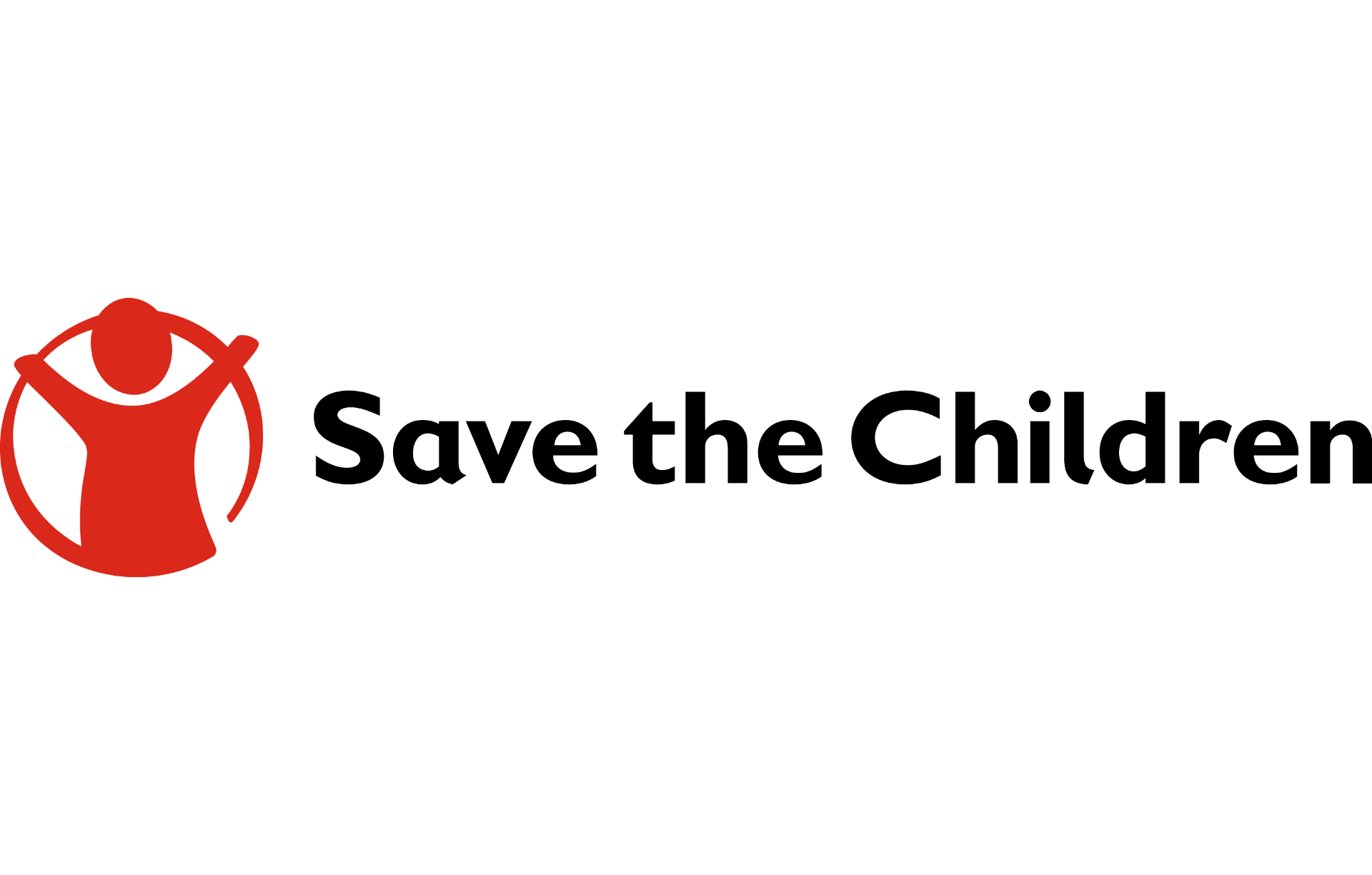Latest posts
- Policy brief: Gira Ingoma book and policy brief: “The Culture We Want, for the Woman We Want” 28 November 2024
- Manuals and toolkits: GENPEACE Children’s Participation Module in the Development Process 13 November 2024
- Journal article: [Working Paper] Gira Ingoma – One Drum per Girl: The culture we want for the woman we want 30 October 2024
- Curricula: Beyond Tradition: Psychosocial Model 30 October 2024
- Curricula: Beyond Tradition Module: Revitalizing Lenong as a Model for Teaching Betawi Arts 30 October 2024
- Curricula: Beyond Tradition: Lenong Revitalisation as a Model for Teaching Betawi Cultural Arts 30 October 2024
- Beyond Tradition Lenong Performance “RAWR…! Kite Kagak Takut” 30 October 2024
- Journal article: [Working Paper] Facing Heaven – Déuda Folklore & Social Transformation in Nepal 30 October 2024
- Curricula: Building Community Curriculums 24 October 2024
- The Magic of Theatre Project Documentary 24 October 2024
- The Magic of Theatre Performances in 2024 24 October 2024
- The Magic of Theatre Performances in 2023 24 October 2024
Manuals and toolkits: Save the Children Evaluation Handbook
Mobile Arts for Peace is a hub for resources and toolkits for arts-led peacebuilding initiatives. MAP’s website features recommendations for practitioners and researchers. The contents are the sole responsibility of Save the Children.
Monitoring and evaluation (M&E) is a key part of realising Save the Children’s theory of change and the common values and strategies inherent in the child rights programming (CRP) framework. The principles, rights and obligations set out in the United Nations Convention on the Rights of the Child
1989 (UNCRC)1 provides a fundamental framework for the work we carry out with children and young people around the world. All of Save the Children’s programme and advocacy work should aim to address violations of children’s rights and gaps in service provision, as well as supporting children as
rights-holders and helping states, as duty-bearers, to meet their obligations. Our vision, mission, values, and theory of change reinforce this. It is vital that we clearly articulate, demonstrate, and document the outcomes of our work for girls and boys and their carers.
